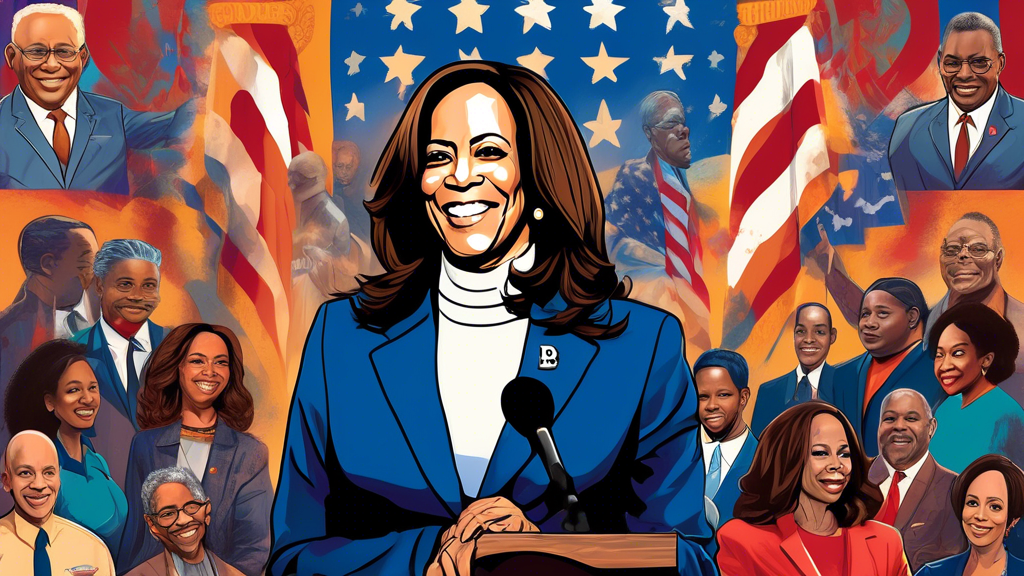
Kamala Harris: A Modern Day LBJ
In the landscape of American politics, comparisons to historical figures often serve as a lens through which we can better understand contemporary leaders and their strategies. A recent article in the National Review argues that Vice President Kamala Harris embodies characteristics and a leadership style more akin to Lyndon B. Johnson (LBJ) rather than Franklin D. Roosevelt (FDR). This assessment sheds light on Harris’s campaign dynamics, policy focus, and overall approach towards governance.
Comparison with LBJ and FDR
While FDR is celebrated for his sweeping, transformative policies during the Great Depression, LBJ’s legacy is defined by a pragmatic approach centered around legislation and incremental change. The article suggests that Harris resonates more with LBJ’s methodology—not through broad ideological strokes but rather through detailed, progressive refinement of existing social programs.
Policy Focus
Harris’s campaign distinctly reflects an intention to expand and enhance social welfare programs reminiscent of LBJ’s Great Society initiatives. The focus on welfare and community support systems indicates a strategic choice to build upon what is already established rather than seeking radical systemic overhaul. This inclination points to a belief in the efficacy of established frameworks to create social change, a hallmark of Johnson’s presidency.
Leadership Style
Contrasting with FDR’s deeply charismatic and visionary leadership, which inspired sweeping national confidence, Harris’s approach is characterized by being a policy wonk and legislative insider. Much like Johnson, who navigated Congress with a detailed understanding of its intricacies, Harris emphasizes practical policy proposals. This includes working within existing legislative structures rather than pushing for drastic upheaval, creating a narrative of cautious optimism rather than dramatic revolution.
Campaign Messaging
Through her campaign, Harris frequently underscores her middle-class roots alongside a commitment to social welfare—themes reminiscent of LBJ’s direct engagement with voters. This connection is not merely incidental; it reinforces a strategy focused on practical initiatives that resonate with the electorate’s everyday realities rather than grand ideological visions. Harris’s messaging speaks to the lived experiences of her constituents, echoing LBJ’s capacity to connect through relatable, tangible policy objectives.
Conclusion
Ultimately, the insights drawn from the National Review position Kamala Harris as a leader aligned more closely with LBJ’s incremental, detail-oriented approach than with FDR’s sweeping, transformational leadership style. As she advances her political career, the framing of her policies and campaign strategy will likely continue to evoke the legacy of Johnson—a testament to the enduring influence of historical precedents in shaping modern political narratives.
